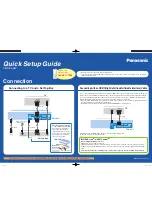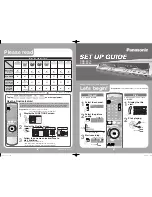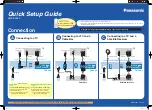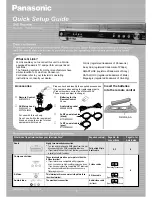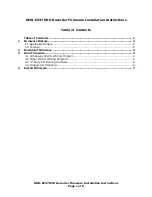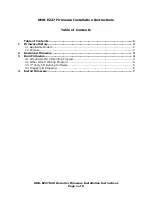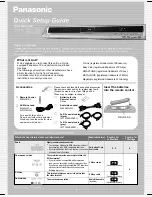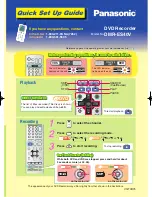
3-7
ELECTRICAL ADJUSTMENT (DV)
3.6.3 Tools required for adjustments
Fig. 3-6-3a
3.6 PREPARATION
3.6.1
Precautions
(1) The DV section of this model is based on a special ad-
justment method using a PC. However, ordinary adjust-
ment is required only when the part listed below has been
replaced. In this case, the adjustment should be per-
formed by a service center equipped with the required
facilities.
• E
2
PROM (IC1504 on DV main board)
In case of trouble with the electrical circuitry, First iden-
tify the faulty position with a measuring tool as described
below. Proceed to repair, replacement and/or adjustment
only after the troubleshooting.
(2) When observing a chip TP, use an IC clip or similar tool
to protect the chip against stress. When replacing a chip
part (IC, particularly), remove solder completely before
replacing. (This is to prevent separation of the pattern.)
(3) The connectors are fragile. Be careful when plugging or
unplugging a wire.
3.6.2
Equipment required for adjustment
1
Personal computer (Windows compatible)
2
Color monitor
3
Oscilloscope (2-CH, 100 MHz or more)
4
Frequency counter
When performing the adjustment by the SSS software, set the VCR
to JIG mode by transmitting the code "menu", "2", "8", and "OK" in
order from the Jig RCU, and set the VCR to external communication
mode by transmitting the code "8C" from the Jig RCU.
3.6.4
Setup
1. Setup for computer adjustment
— Setup by extending the jig connector —
Fig. 3-6-4a Setup for Computer Adjustment
Service Support Software
RS-232C Port
PC Cable
Personal Computer
JVC
MENU
INITIAL MODE
DATA CODE
CUSTOM CODE
43: A CODE
[Data transmitting method]
Depress the “ ” ( 3 ) button
after the data code is set.
Jig RCU
[PTU94023B]
DV MAIN PWB
CN2001
CN1501
CN1503
CN3701
<JLIP>
Alignment tape
US : MC-1
PAL : MC-2
SSS software
PTU94016-4
Jig connector cable
PTU94018B
PC cable
US : QAM0099-002
PAL : QAM0099-005
Jig RCU
PTU94023B































